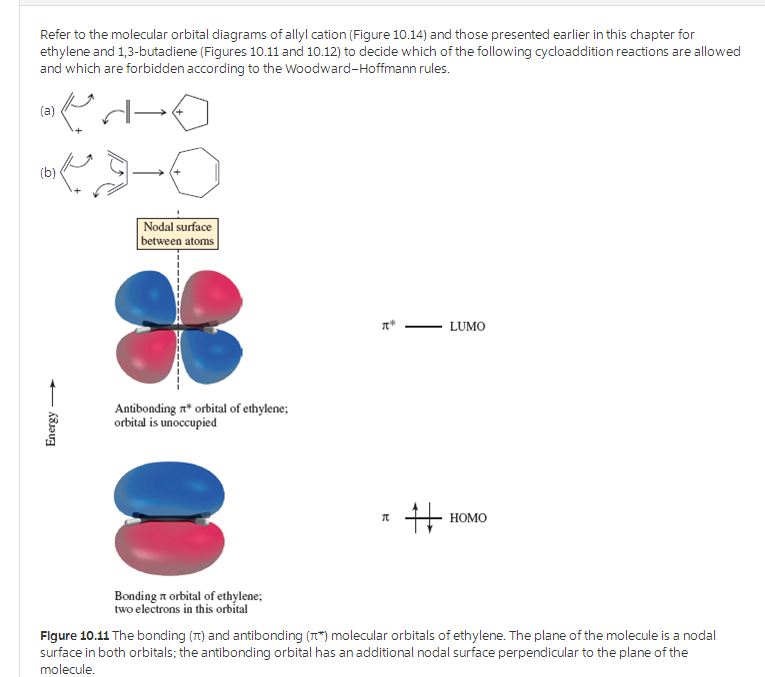

Using these as a substrate or gate dielectric in 2D material field-effect transistors resulted in high mobility, small hysteresis, low density of trap states, and high subthreshold slope. Recently, formation of 2D molecular crystal was demonstrated from Sb 2O 3 0D material, that is, a material consisting of weakly bound small molecular units with no dangling bonds. In a wide majority of cases, either other 2D materials or common 3D materials are used for these purposes. In all of these applications, one needs to optimize not only the properties of the “active” 2D material, but also all the other materials around it, such as the dielectrics, electrodes, and substrate, and the material interfaces between them. Additional first-principles calculations are carried out to evaluate selected technologically relevant material properties, and it is confirmed that all these materials are van der Waals-bonded, thus allowing for facile separation of 0D clusters from the 3D host and only weakly perturbing the electronic properties of the 2D material after deposition.ĢD materials are widely investigated for use in nanoelectronics devices, especially as an ultrathin channel in next-generation field-effect transistors and novel logic architectures, memory cells, memristors, rectenna, and others. By combining a database and literature searches, 16 materials belonging to 6 structural prototypes are found with high melting points and high band gaps, and a range of static dielectric constants. Here, a computational screening study to find promising 0D materials for use in nanoelectronics applications, in conjunction with 2D materials in particular, is reported.

reported on the use of 0D material, consisting of vdW-bonded Sb 2O 3 clusters, as a highly promising insulating substrate and gate dielectric. While these are usually either 2D or 3D materials, recently K.

As nanoelectronic devices based on 2D materials are moving toward maturity, optimization of the properties of the active 2D material must be accompanied by equal attention to optimizing the properties of and the interfaces to the other materials around it, such as electrodes, gate dielectrics, and the substrate.


 0 kommentar(er)
0 kommentar(er)
